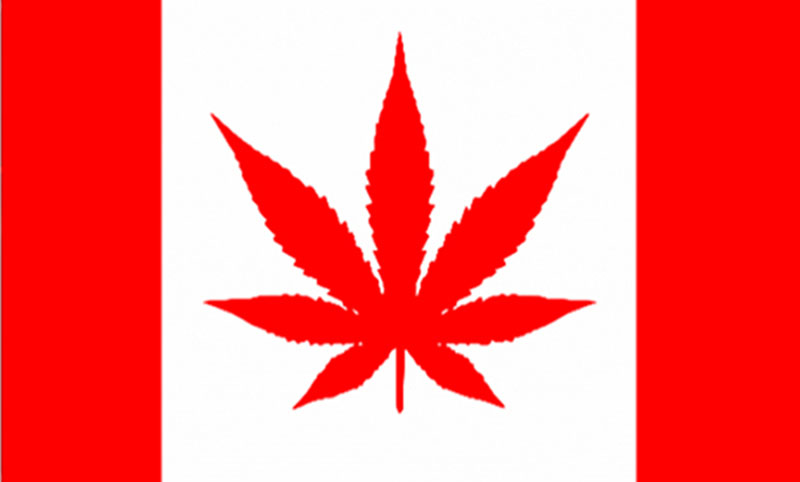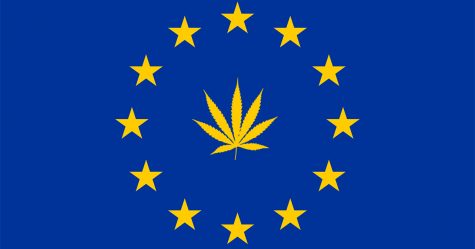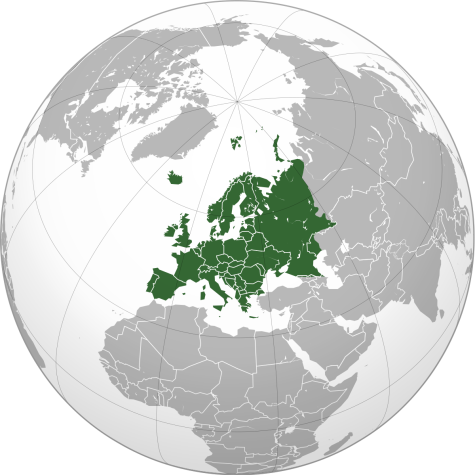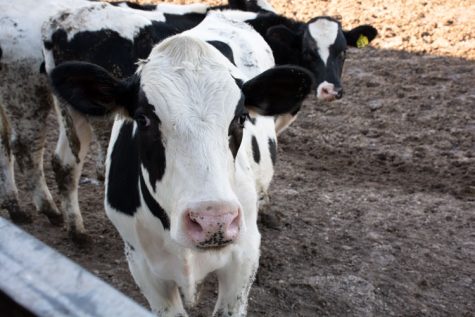Cannabis legalization in Canada has bulked up national GDP by $34.2 billion
Canada, which became the second country after Uruguay to fully legalize cannabis in October 2018, is boasting a significant rise in gross domestic product (GDP) post-legalization.
In fact, the “Great White North” has increased its GDP by $43.5 billion within the last three years. Included in that amount was $13.3 billion from Ontario’s recreational market.
This data was published in a report by Deloitte Canada, which teamed up with the Ontario Cannabis Store (OCS) to streamline data highlighting the legal market’s influence on Canada’s GDP.
As per the findings, the industry adds approximately $1.09 to the North American country’s GDP and $1.02 to Ontario’s GDP for every dollar in revenue or capital expenditures earned through legal cannabis purchases.
“In the span of three years, the Canadian cannabis sector has found its footing and emerged as a thriving new source of economic growth, creating and supporting tens of thousands of jobs in communities countrywide,” reads an excerpt from the report.
“As the sector grows and matures, realizing the return on its significant capital investments to date, we should expect it to make an increasingly strong and positive impact on national and provincial economies.”
Canadian cannabis industry has stimulated job creation
Researchers responsible for compiling this report noted that the Canadian cannabis industry is “already an important source of economic growth.”
This conclusion was met after the team discovered that the industry has spurred on the creation of 151,000 jobs.
Additionally, the team determined that Canada’s cannabis sector is capable of sustaining approximately four jobs for every million dollars generated through legal sales.
Some of the main types of jobs in the Canadian cannabis industry include budtenders, lab testers, packagers, producers and growers.
Canadian cannabis industry report: Tax revenue and racial diversity
Another fascinating finding from the report relates to tax revenues, which totaled $15.1 billion in Canada and $3 billion in Ontario.
Even more impressive is the fact that consumer purchases alone managed to bring in an additional $2.9 billion in sales and excise taxes.
Something else that the team discovered was that racial diversity among cannabis producers has not changed much post-legalization
“Before legalization in October 2018, nearly all the 45 federally licensed cannabis producers were run by Caucasian men, some of whom had prior experience in the cannabis ‘grey market. The situation hasn’t changed much in the years since legalization,” reads the report.
The researchers cited a 2020 study commissioned by the Centre on Drug Policy Evaluation and the University of Toronto. Specifically, the analysis showed that racialized men and women were majorly discriminated against by cannabis company executives and directors.
The report, which pulled feedback from 700 directors and executives at 222 companies, determined that 72 percent of cannabis employees were Caucasian males, 12 percent were Caucasian females, 14 percent were racialized males and two percent were racialized females.
In terms of the racialized segment of Canadian cannabis industry workers, 40 percent were South Asian, 19 percent were East Asian, 15 percent were of Indigenous descent, 12 percent were of Arabic descent, seven percent were Hispanic and seven percent were Black.








